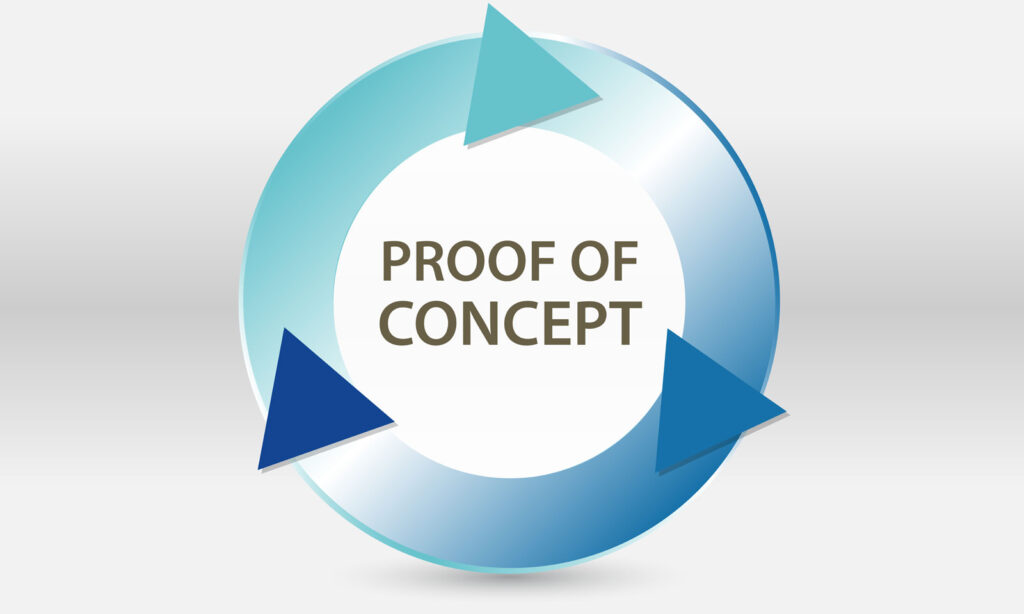
Exploring the Importance and Execution of Proof of Concept in Software Architecture
Introduction:
In the dynamic landscape of software development, the role of a software architect is crucial in designing robust, scalable, and efficient systems. One integral phase in the architect’s toolkit is the “Proof of Concept” (POC). In this blog post, we delve into the significance of a POC in software architecture, its objectives, and how architects can effectively execute and leverage this crucial step in the development process.
What is a Proof of Concept (POC)?
A Proof of Concept is a tangible demonstration or prototype designed to showcase the feasibility and viability of a specific architectural approach, technology, or solution. In the realm of software architecture, POCs serve as a preliminary validation step before committing to the full-scale development of a system.
Objectives of a POC in Software Architecture:
- Feasibility Assessment:
- Determine whether the proposed architectural design is technically feasible and aligns with the project requirements and constraints.
- Risk Mitigation:
- Identify and address potential risks early in the development process, allowing architects to make informed decisions and adjustments.
- Performance Evaluation:
- Evaluate the performance of key components or technologies to ensure they meet the expected standards for scalability, responsiveness, and resource utilization.
- Technology Evaluation:
- Assess the compatibility, effectiveness, and efficiency of specific technologies or frameworks within the proposed architecture.
- Stakeholder Communication:
- Provide stakeholders, including developers, project managers, and clients, with a tangible representation of the proposed solution, fostering clear communication and understanding.
Execution of a POC:
1. Define Clear Objectives:
Clearly articulate the objectives and scope of the POC. This includes identifying the specific aspects of the architecture or technology that need validation.
2. Choose Appropriate Technologies:
Select the technologies and tools that align with the goals of the POC. This may involve experimenting with different programming languages, frameworks, or third-party services.
3. Develop a Prototype:
Create a prototype that encapsulates the core elements of the proposed architecture. This prototype should be functional enough to demonstrate key features and interactions.
4. Test and Evaluate:
Conduct rigorous testing to evaluate the performance, scalability, and reliability of the prototype. Address any issues or challenges that arise during this testing phase.
5. Gather Feedback:
Collaborate with stakeholders to gather feedback on the POC. This input can be invaluable in refining the architectural design and ensuring alignment with business goals.
6. Document Findings:
Document the findings, including successes, challenges, and recommendations. This documentation serves as a valuable resource for informing future development phases.
Conclusion:
In the realm of software architecture, a well-executed Proof of Concept is a powerful tool for architects to validate their designs, mitigate risks, and communicate effectively with stakeholders. By investing time and effort in a POC, architects set the foundation for a successful and well-informed development process, ultimately leading to the creation of robust and efficient software systems.